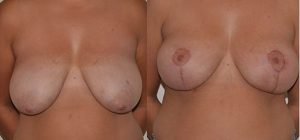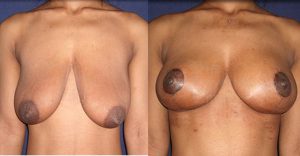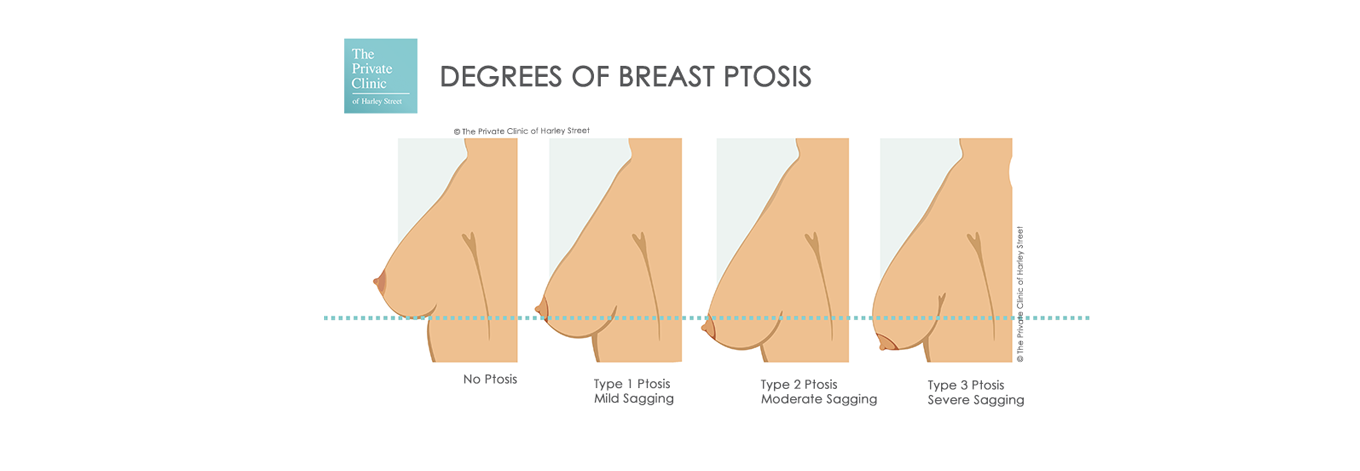What is a Mastopexy and when should you have one?
BREAST UPLIFT SURGERY
When someone talks about ‘Breast Surgery’ we instantly think of breast implants, but did you know that breast surgery is not just about implants.
Breast surgery includes breast reduction, breast uplift, implant removal and implant replacement. A breast uplift is also known as a Mastopexy and it is when excess skin is removed from the breast so it can be made tighter and the nipple moved to a higher position to give the breasts an uplifted appearance.
A perfect candidate for a mastopexy would be someone who feels their breasts are empty or saggy. They may also dislike the shape of their bust and feel like their nipples are in a low position. The majority of women considering mastopexy are post-pregnancy or have lost a lot of weight both things of course can cause a loss of breast tissue. Sagging or drooping can also just be a result of age where your skin has lost elasticity.
A mastopexy procedure is often combined with a breast enlargement, reduction or even an implant removal which may be why you don’t often hear of people having the procedure.
If you have sagging breasts you may feel that the only way to get a fuller-looking bust again is to insert implants, but an implant will only add volume, it is unable to change the shape or lift the bust so by inserting an implant your breast will appear the same but fuller.
Not all women who have breast uplift surgery are older, women decide at different stages in their lives for varying reasons:
Women under the age of 25
Women under the age of 25 normally have breast uplift surgery before having children, which is more often than not due to an abnormality of the shape or size of the breasts as they have developed.
There are various conditions which can cause breast droop which can occur without weight loss or pregnancy, such as tuberous, tubular or constricted breasts. These conditions produce a low nipple position which can be corrected with breast uplift surgery.
Many women as they develop do have significant differences between the size and shape of their bust. But for some women it can be a very significant difference in size between each breast and cause great embarrassment and impact on confidence levels.
Such abnormalities in the development of the breast shape are caused by a variety of factors including possible lack of blood supply to the area during very early development inside the uterus. These conditions associated with breast development are most commonly treated under the age of 25 with a breast uplift procedure.
A recent patient commented: “The uplift has changed my life more than you could imagine”

Women between the ages of 25 and 45
It is most common to have children during this age range which impacts on the body in various ways and can result in significant changes to the bust. The changes do vary considerably from individual to individual but similar patterns tend to run in families.
Whilst the degree of increase in volume in the bust whilst pregnant and breastfeeding varies considerably between individuals, as a general rule the larger your increase the greater will be your decrease.
If the breasts increase greatly in size this produces more stretching of the skin which does not always fully contract. This can produce looseness in the skin of the breast and cause the nipple to droop.
Following pregnancy and breastfeeding the breasts can return to different volumes. Some people return to a similar breast shape and volume to what they were before pregnancy, whereas other people become smaller often losing a significant amount of volume from the upper part of their breast producing a droopy appearance.
Many women want to gain back their confidence following childbearing and get back the breast shape they had before having children. A breast uplift or breast implant procedure can then be considered depending on the desired volume and appearance of the bust.
A recent patient commented: “I love my new shape and couldn’t be happier. Only regret that I didn’t do it earlier”

Women over the age of 45
As we age our skin does lose strength and the texture also changes. Whether a woman has had children or not the ageing process can reduce the elasticity and support offered by the skin around the breasts and they can become saggy with nipples becoming fully descended.
A breast uplift can tighten up the skin and elevate the nipples to a more normal position which should lie approximately 21 cm from the sternal notch. On average the ‘normal’ position of the nipples should be 21cm from each other and the sternal notch, creating an equilateral triangle.
The Private Clinic
Some of the UK’s most talented and experienced Plastic Surgeons work with us to bring you effective results. For this procedure, our team includes:
- Mr Davood Fallahdar, MD&Surg (Hons), FRCS (Eng), Chir Plast (Hons), MicroSurg (Hons), ORL (H&N) GMC Number: 4686602
- Mr Dario Rochira, BS, MD. GMC Number: 6130664
- Mr William Van Niekerk, MB ChB, MSc, MRCS, FRCS (Plast), FCMI, RAF (qs). GMC Number: 4362791
- Mr Navid Jallali, BSc, MB ChB (Hons), MD FRCS (Plast). GMC Number: 4404969
- Ms Helena Antoniadou, MBBS, MD & Surg (Hons), FRCS (Eng). GMC Number: 3700956
- Mr Maisam Fazel, MA(Cantab), MB BChir, MSEd, FRCS. GMC Number : 4767420
- Mr Giuseppe Di Taranto, MD. GMC Number: 7614248
- Professor Sandip Hindocha, MD, MPhil, MBChB, MRCS, MFFLM, FRCS (Plast). GMC Number: 6122218
- Ms Rieka Taghizadeh, MBChb, MRCS (Glas), FRCS (Plast), GMC Number: 4743910
- Mr George Samouris, MD. GMC Number: 7064009








